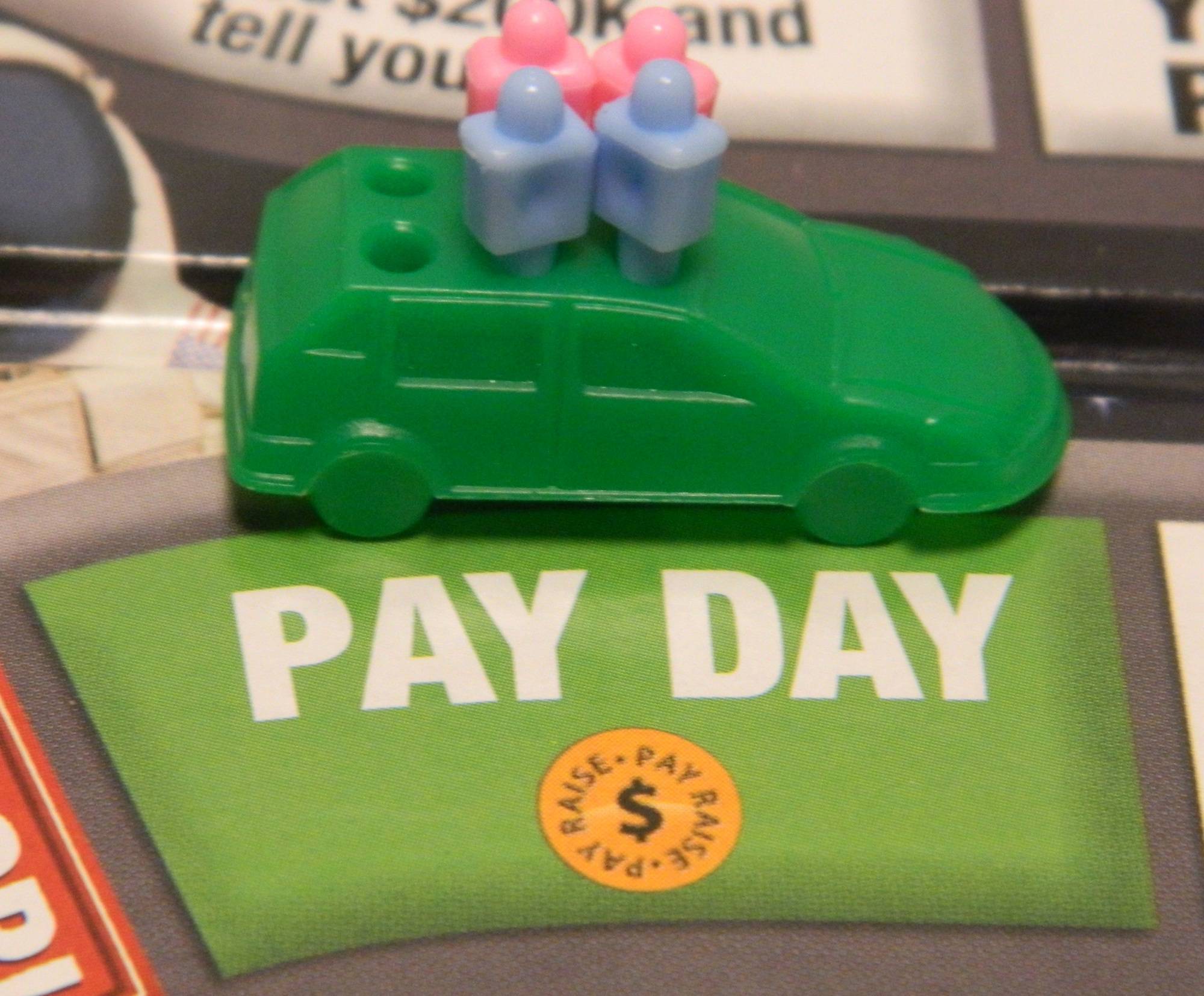


Other configurations explode like fireworks or flash like traffic lights.

Small self-sustaining colonies of cells form patterns that behave like tiny organisms, walking across the board. Though the rules are very simple, the Game of Life is known for creating complex and fascinating patterns. If there are exactly three cells bordering an empty square, a new cell is born. If a living cell has fewer than two neighbours, though, it dies of loneliness more than three and it dies of overcrowding. Game Play: The rule on who begins the game of Life rests on whoever spins the highest number on the wheel and then other player take their turns in a clockwise fashion. The rest of the tiles are left for the draw pile. Each square of the board can have a living cell in it. Next, mix up the Life tiles and take four of them without looking, placing them near Millionaire Estates. The game of life is played on an infinite square board, much like chess or checkers. That means that once you lay out the board, it plays itself according to a very simple set of rules. A simulation is run, and based on some simple rules for life and death, cells continue to live, die off, or reproduce. The game starts with a population of cells placed in a certain pattern on the grid. The cells in the grid have a state of alive or dead. Now, over half a century later, we are still discovering fantastic behaviours of this straightforward game.Ĭonway’s Game of Life, or just “Life” as it is often called, is an example of a zero-player game. The Game of Life simulates life in a grid world (a two-dimensional block of cells). The Game of Life was invented in 1970 by mathematician John Conway as a very simple model of how a theoretical population of cells might behave. The Game of Life, also known simply as Life, is a cellular automaton devised by the British mathematician John Horton Conway in 1970.


 0 kommentar(er)
0 kommentar(er)
